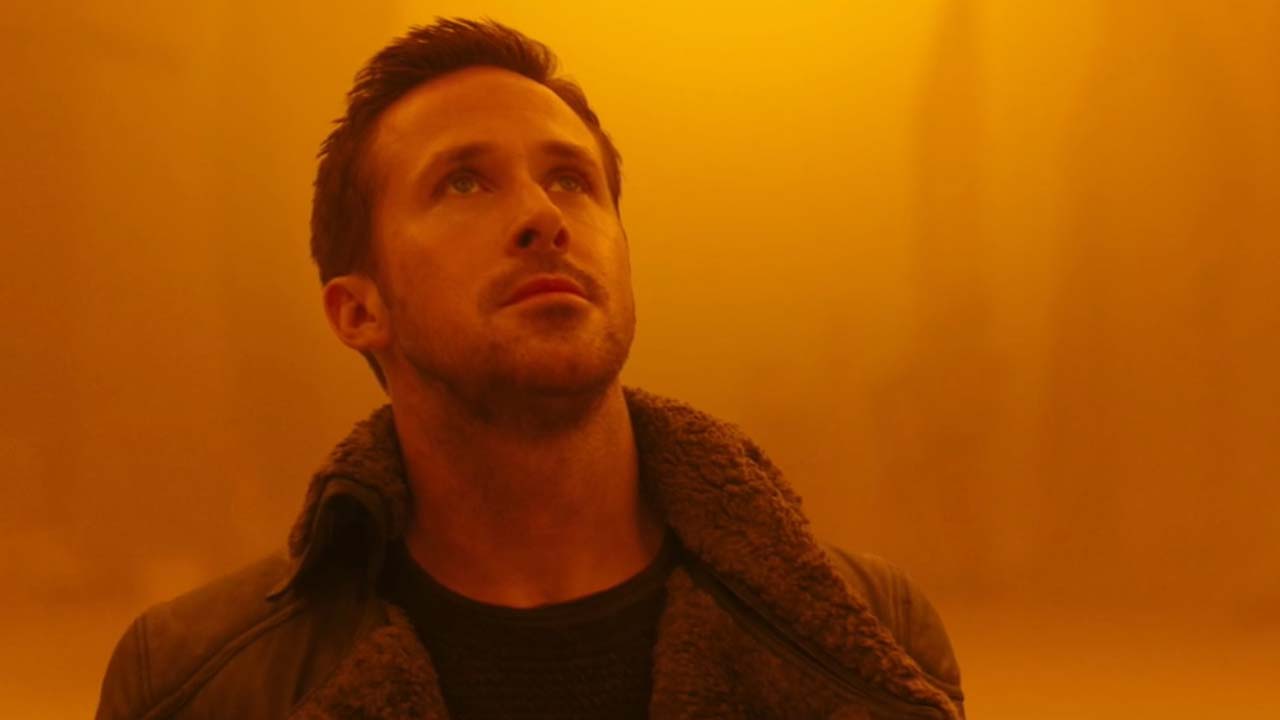
Denis Villeneuve’s filmography is as diverse as it is impressive. From black-and-white indie movies to grand-scale sci-fi sequels, Villeneuve has had no trouble showing his diversity throughout the years. Though his movies span different genres and feature various types of budgets, one thing remains consistent; they’re all gorgeous. This isn’t strictly in regards to visual effects. Obviously, it would be fairly easy to rank Villeneuve’s movies based on visual effects. It’s slightly more challenging to compare the movies in regards to their overall cinematography.
Villeneuve has worked with several solid cinematographers throughout the years, and the typical end-product of each collaboration tends to be undeniably impressive. In some ways, they’re impressive simply because they look terrific. In other ways, the cinematography is impressive because it brings out other elements within each film. Below, each film will be ranked in terms of the strength of the cinematography. Each film is aesthetically pleasing, but some outshine others.
9. August 32nd on Earth
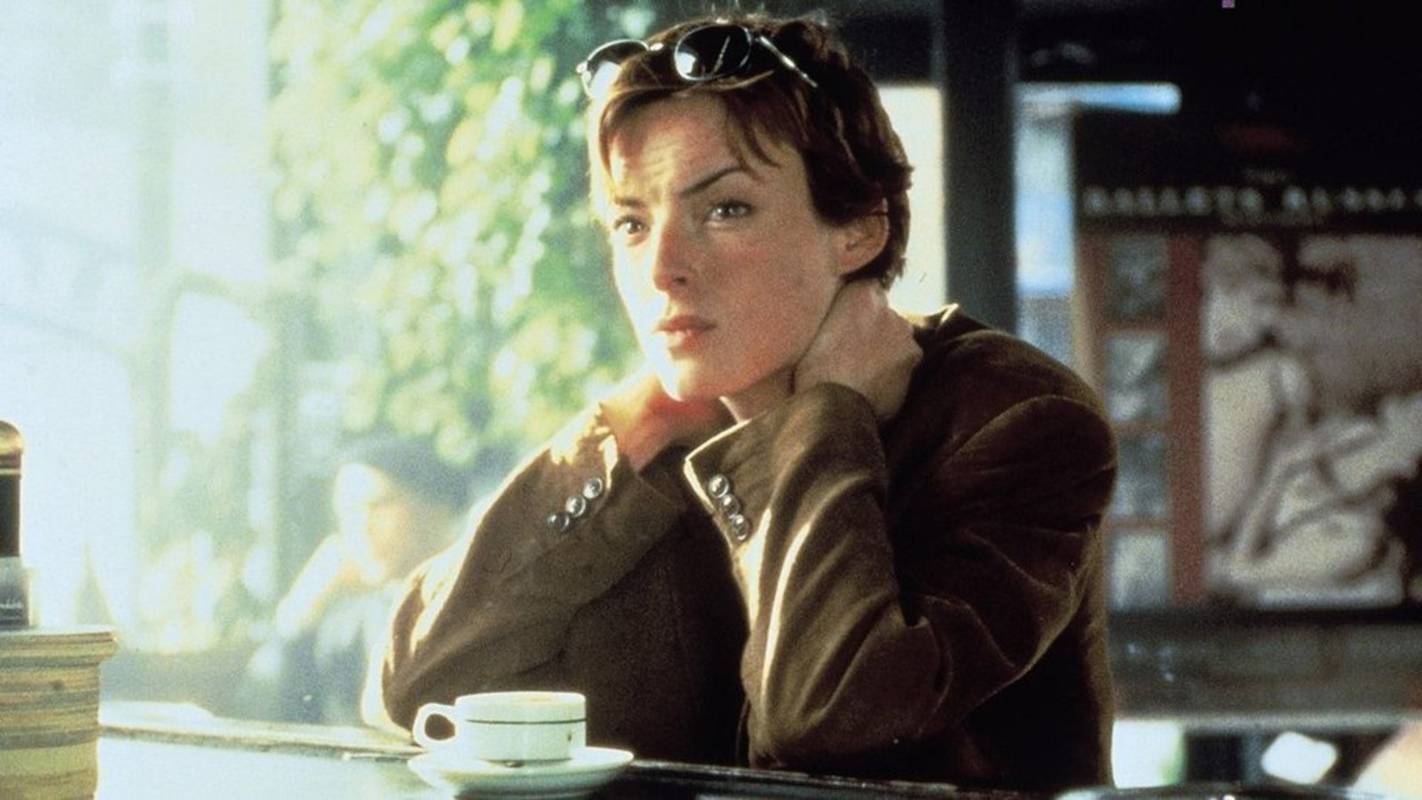
Villeneuve’s directorial debut is about as attractive as a low budget directorial debut can be, but it’s a far cry from some of the other films on this list. Cinematographer André Turpin has stated that he prefers to focus on the bigger picture rather than “image of the film,” and that seems to be the case in all three of his collaborations with Villeneuve. The way he approaches cinematography is naturalistic and human. In the grand scheme of things, that often works to his benefit. Movies like August 32nd on Earth don’t need to be technical masterpieces to tell great stories.
The cinematography in Villeneuve’s debut does what it needs to do in order to tell a compelling story. The pieces fit perfectly together even if they’re not necessarily extravagant. Still, the fact of the matter is that since the cinematography is more humanistic and straight-forward, it’s harder to compare to something like Arrival.
It would be unfair to say this approach to cinematography is inherently worse than the flashier approach, but in this case it’s true. There are some beautiful shots in August 32nd on Earth, but they fall short when compared to Villeneuve’s greater visual achievements. This isn’t because the more subtle cinematography works against the movie, but rather because the competition is relatively stiff.
8. Maelstrom
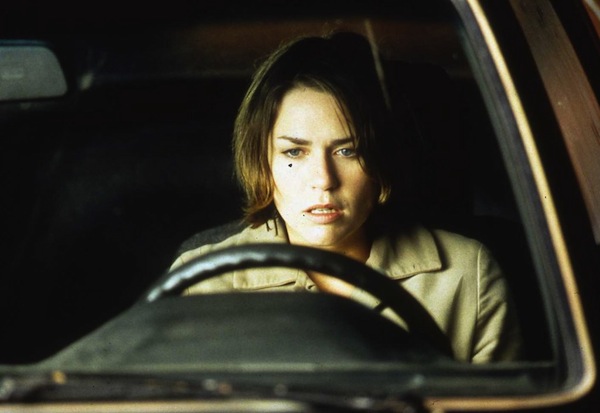
Maelstrom won a number of Genie Awards, including Best Cinematography, after it debuted in 2000. You could argue that the Genie Awards have an affinity for Villeneuve, but you could just as easily argue that the victories were warranted. Sure, the Canadian filmmaking world isn’t all that competitive, but the fact that Maelstrom was able to sweep the awards is a testament to the strong filmmaking.
The second collaboration with André Turpin is a noticeable step up from before. Like always, Turpin never strives to make the cinematography distracting. His goal is for everything to blend into the background, and he does a phenomenal job. Careful attention to detail will reveal to viewers that this is an aesthetically pleasing movie despite the more naturalistic approach. Subtle lighting effects blend with creative camera angles in order to create some surprisingly attractive shots.
With all of this gushing praise, it might be surprising to see the movie so low on the list. Maelstrom’s low placement on the list is mostly a result of a phenomenal top five. Had this been any other director, Maelstrom may have been able to stand a chance.
However, Turpin can’t really compete with Villeneuve’s other cinematographer-of-choice Roger Deakins. Turpin absolutely deserves recognition for his work with Villeneuve regardless of whether or not he can compete with the stellar competition. Maelstrom is both a visually appealing movie and a solid movie in general. It’s hard to track down, but it’s well worth the watch.
7. Incendies
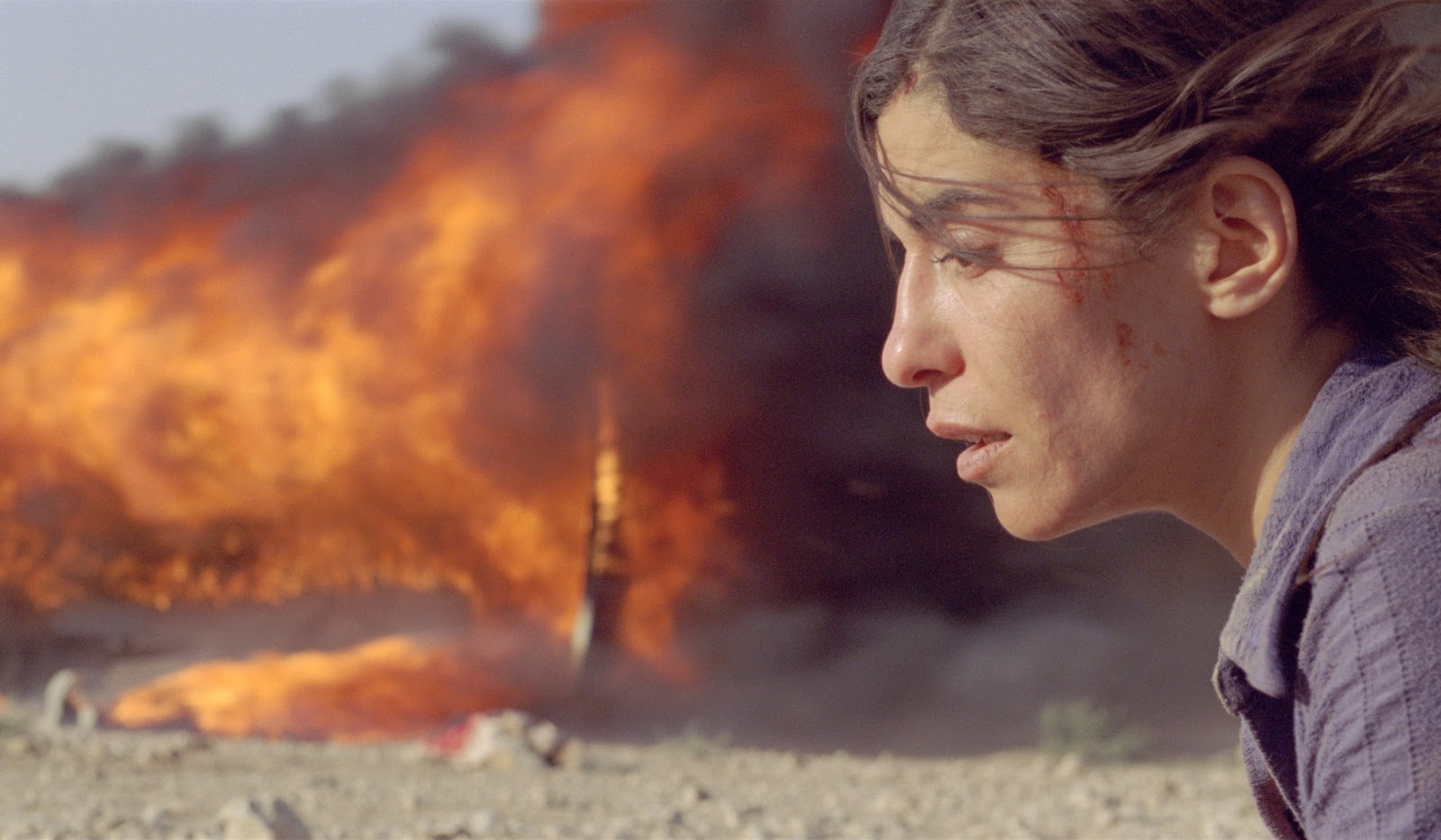
Incendies could more or less be considered Villeneuve’s mainstream breakthrough. While the foreign language didn’t exactly help it reach mainstream audiences, the Oscar nomination and critical acclaim certainly did. This soul-crushing drama might emotionally scar you, but the journey is beyond worth it.
From the award-calibre performances to the impressive editing, Incendies is a masterpiece even by Villeneuve standards. Considering the quality of the film, it might be disappointing to see the movie so low on the list. However, be aware that, like all movies on the list, there’s still a lot to appreciate in terms of the cinematography.
The harsh light of the sun is always present in Incendies, and cinematographer André Turpin makes note of that. He uses this lighting to evoke emotion and to create visually dazzling scenes. The establishing shots often set the mood for powerful scenes that would practically lose that power if it weren’t for Turpin’s clever use of camera angles and distance. These are just some of examples of what works in Incendies. Truthfully, there’s not a whole lot to criticize when referring to the power of the cinematography. This is a jaw-dropping film. Its only downfall is that it’s not as good as the competition.
6. Polytechnique
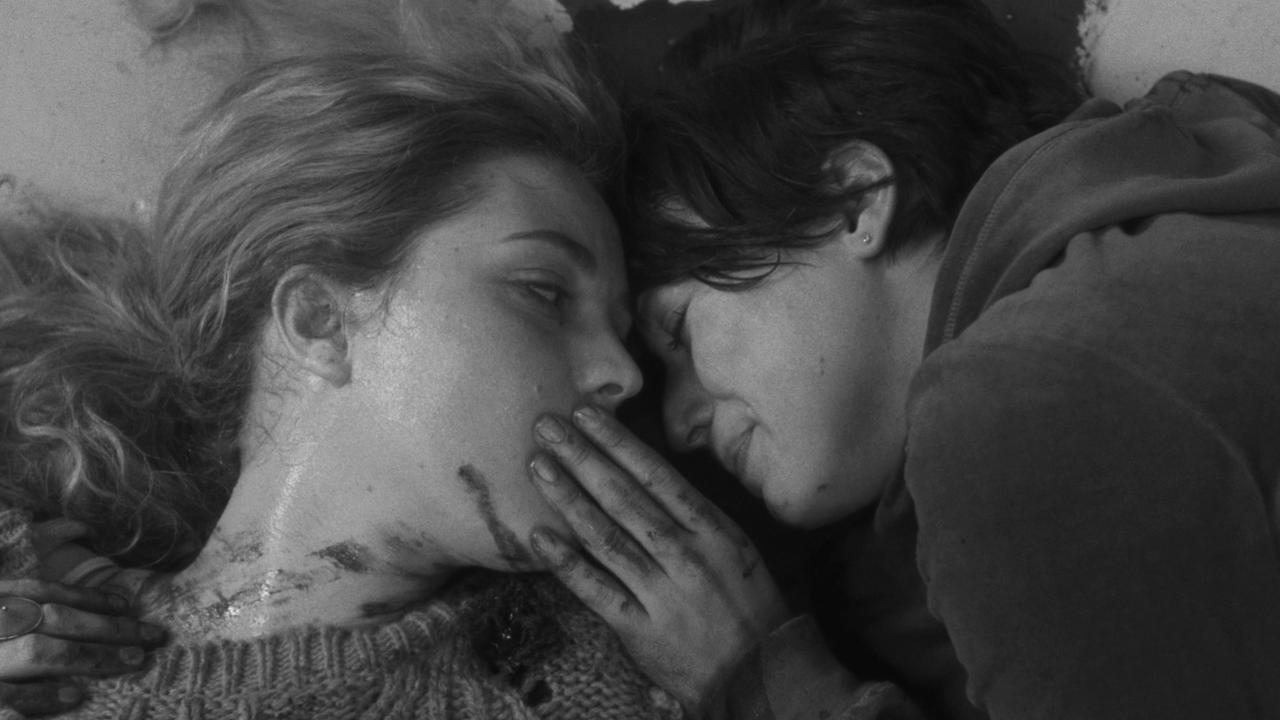
It’s easy to watch a modern black-and-white movie and claim the cinematography is beautiful because it’s artsy. While that’s an easy assumption to make, it’s hardly consistent. The Human Centipede 2 (Full Sequence) may be black-and-white, but it’s far from a visually stunning movie. While it’s true black-and-white movies tend to come from creative filmmakers looking to experiment, great cinematography isn’t exactly a guarantee. With that being said, Villeneuve’s colorless movie about a school shooting in Montreal is an incredibly attractive cinematic achievement.
Polytechnique is composed of several breathtaking long-shots that show the serenity of a seemingly peaceful and beautiful college campus. The contrast between the establishing shots and the events that happen on screen later in the film adds meaning to a film that refuses to give the viewer straightforward answers.
Viewing the cinematography from a more symbolic perspective is one way to appreciate it, but the movie remains a beautiful technical achievement regardless. The lighting that bounces off of the snowy landscape is consistently gorgeous. The drab atmosphere of the school building is made even more depressing thanks to careful manner in which each scene is set up. Polytechnique’s cinematography comes as a result of meticulous attention to detail. Every shot has a purpose, and every shot is stunning.